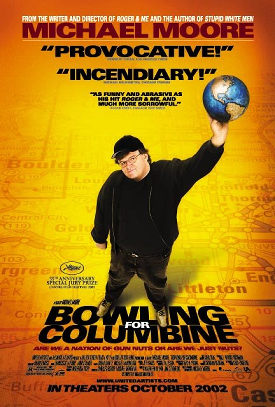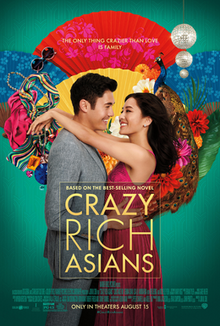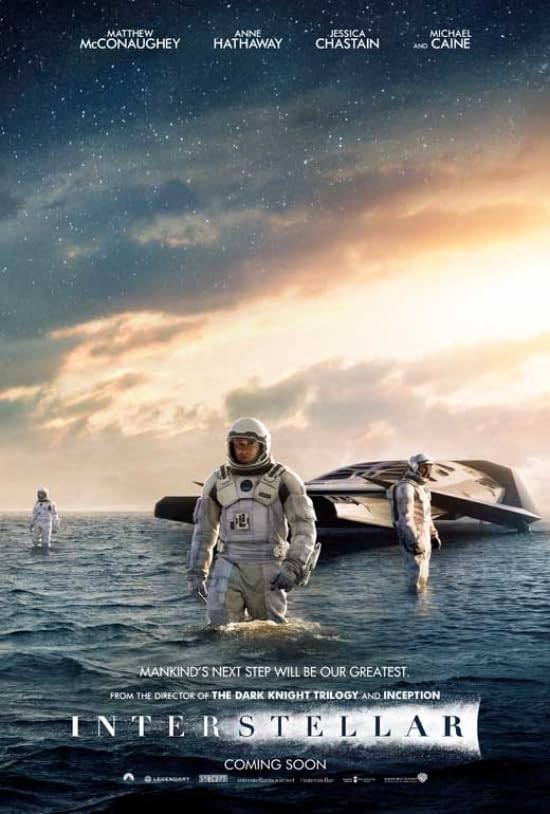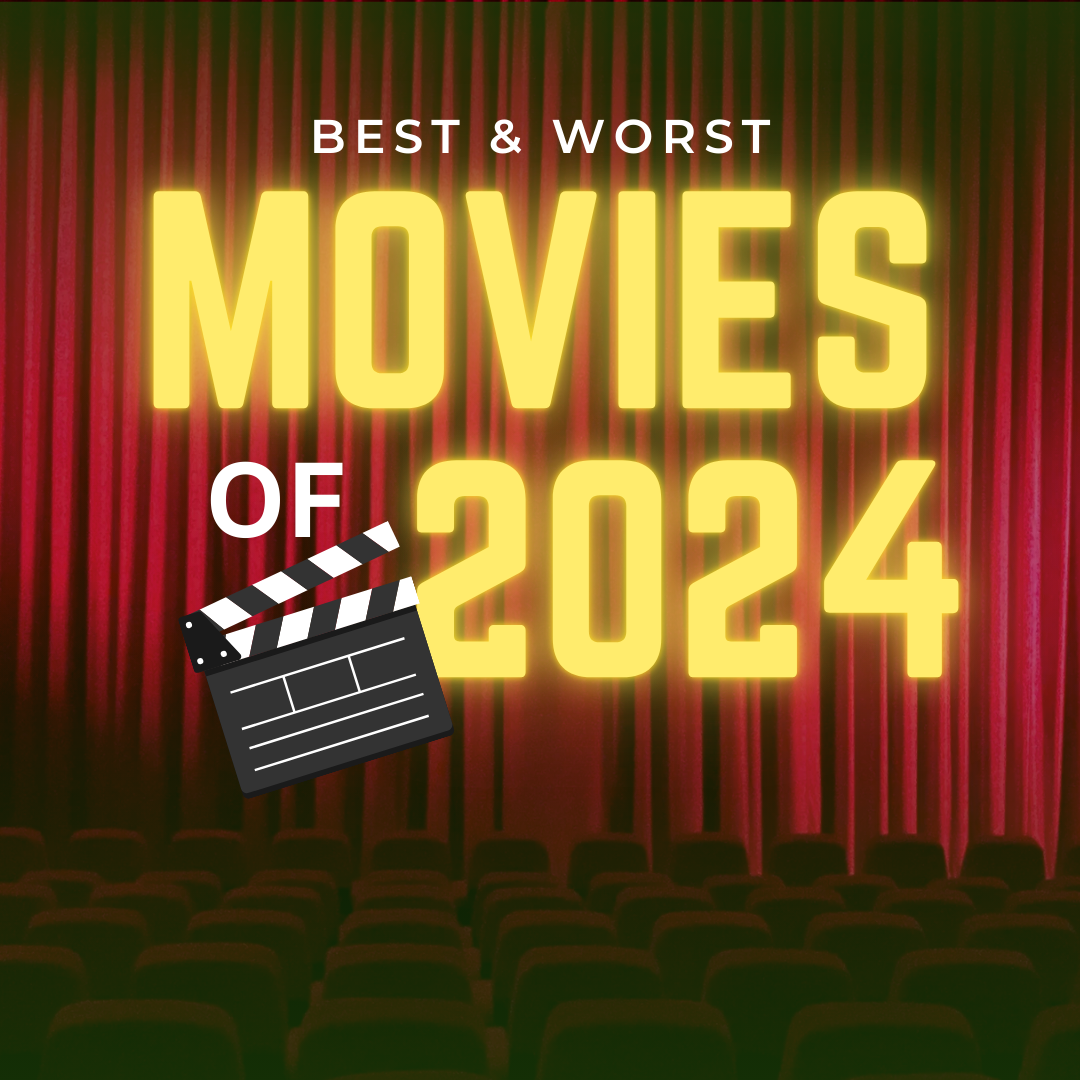
The political documentary filmmaker Moore explores the circumstances that lead to the 1999 Columbine High School massacre. But also the enlargement of guns and the high homicide rate in America. Moore confronts Kmart corporate employees and pleads with them to stop selling bullets. He investigates why Canada doesn’t have the same excessive rate of gun violence and questions actor Charlton Heston on his support of the National Rifle Association. The film’s title refers to the story that Eric Harris and Dylan Klebold—the two students responsible for the Columbine High School massacre—attended a school bowling class at 6:00 AM on the day they committed the attacks at school, which started at 11:17 AM.
This film was made to inform and educate people about the events that occurred and searching for the reasons why. The director’s aim was to make a documentary discussing and searching for a reason why events like Columbine occur. It raises questions about what we can do to prevent it. As well as why is it so easy for it to happen. Moore takes two Columbine victims, Mark Taylor and Richard Castaldo , to the headquarters of American superstore Kmart in Troy, Michigan. Apparently, to claim a refund on the bullets still lodged in their bodies.
After a number of attempts to evade the issue, a Kmart spokesperson says that the firm will change its policy and phase out the sale of handgun ammunition. This comes after Moore and the victims go to the nearest Kmart store in Sterling Heights, Michigan, purchase all of their ammunition, and return the next day with several members of the media. “We’ve won,” says Moore, in disbelief. “That was more than we asked for.”
Lastly, Moore visits Charlton Heston in his home. He asks him about the American firearm violence. Heston’s response includes that the United States has a “history of violence” and more “mixed ethnicity” than other countries. Moore then asks Heston if he would like to apologize for leading NRA rallies in Flint, Michigan. Heston did this after the shooting death of a six-year-old girl at Buell Elementary School. In Littleton after the Columbine shooting, upon which Heston walks out of the interview. Moore was later criticized for his perceived “ambush” of the actor.
The movies production budget was $4,000,000. The weekend it premiered the movie made $209,148. It made a gross product of $21,244,913. This was the highest-grossing documentary until 2004 when Fahrenheit 9/11 (2004) made more in its opening weekend than this movie did in its entire run. This film became the first documentary to compete in the Cannes Film Festival’s main competition in 46 years in May of 2002.
The film rated R by the Motion Picture Association of America, which means that children under the age 17 cannot admitted to see the film theatrically unless under supervision. Film critic Roger Ebert chastised the MPAA for this move as “banning teenagers from those films they most need to see.” Ebert had criticized the MPAA rating system on previous occasions The film noted for “some violent images and language.”During the screening at the 2002 Cannes Film Festival the film received a 13-minute standing ovation.
All in all, the documentary was greatly enjoyable. It really opened audience’s eyes on a very controversial topic. it educated them the reader more about the past. If someone doesn’t know about the past they can’t learn for the future. With so many recent events occurring, it’s no secret how it is to obtain a weapon. But with the right precautions it will become harder and these tragic events will stop occurring.
Watch for free on Watch Documentaries.










